The entire neighbourhood of Oncheonjang stretches out from the wall-to-ceiling window of my 9th floor flat. It would be a glorious view of Mt. Geumjeong, if it weren’t for the three manky love motels across the street. Each night as the sun dips behind the mountain, my apartment is basked in their salacious pinky-purpley neon glow.
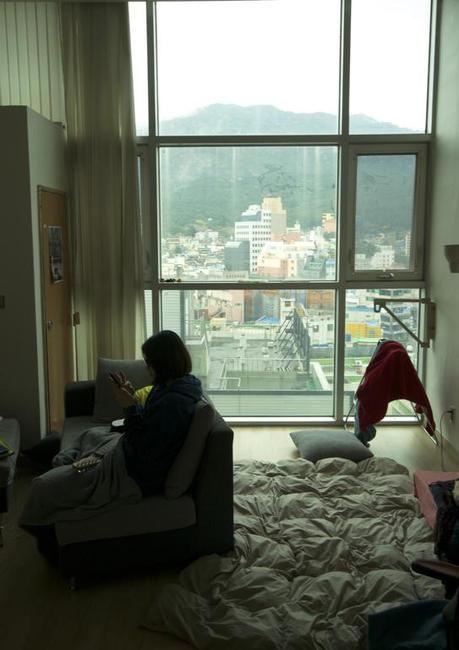
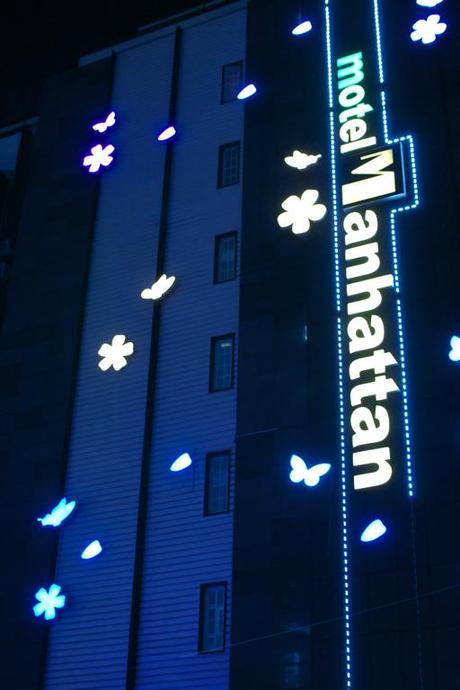
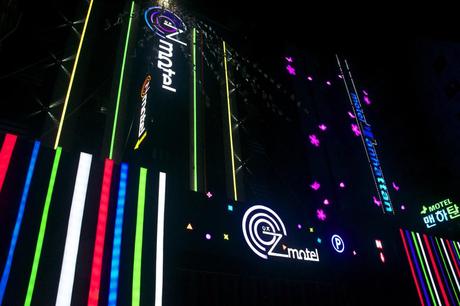
Oncheonjang is a small neighbourhood in Busan and is probably best known for the Hurshimchung spa (the largest indoor-spa in Asia, don’t you know!), the Nongshim Hotel, the traditional German brewery, and as a starting point for the hike up Mt. Geumjeong.
Come nightfall, the neighbourhood dolls up in much seedier attire. The place is brimming with love motels, sleazy bars, those dodgy barber shops, semi-rooms (whatever-the-fuck they are), happy-ending massage parlours, sexy Noraebangs, room salons, and bikini bars.
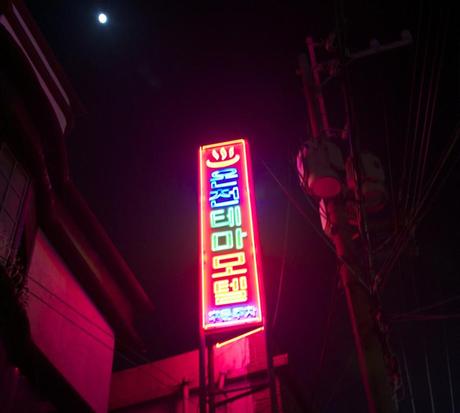
Ooh err: Oncheon Theme Motel
It’s weird. Oncheonjang is not a sexy place. Yet it seems every man who comes here at night gets an immediate and raging erection, and is more than willing to pay someone to fondle it.
Fair enough, sex sells. Even in a conservative country like Korea; Sex is everywhere. I understand why Haeundae, Busan Station, Gwangan-il or any other busy / touristy parts in the city might be a veritable den of vice, but why out-of-the-way Oncheonjang?
Historically Sexy
Determined to find out why the fuck everyone came to my neighbourhood to fuck, I asked around a few of my adults students and eventually got in touch with a local historian and professor of history (*) at one of Busan’s plentiful universities.
During our short meeting, the prof. dropped all kinds of knowledge and historical enlightenment on me. Unfortunately, I had a rather potent brainfart and neglected to press the record button on my audio-recorder. Months have passed since then, and obviously I can’t really quote him directly… but I do sort of remember the general gist.
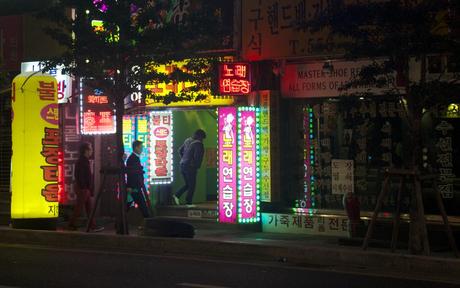
Going in for a quick… song…
It turns out Oncheonjang has been inhabited at least since the Shilla period (57 BCE ~ 935 CE). The name translates as “place of hot springs” which explains all the saunas about town.
Obviously people were drawn here by its salubrious geothermal activity, but the reason they stayed was for the fortuitous Feng Shui (Pungsu as it’s known in Korean). The mountains and the streams nearby mean the neighbourhood is awash in some seriously good vibes, apparently.
Over the eras as Korea’s various dynasties came and went, Oncheonjang’s saunas and spas continued to be popular. In fact, many of the spas that are around today have had places on the same site for centuries.

Are you VIP?
These establishments were not only spas, but also hotels, restaurants, theatres, etc. Most had Kisaeng (kind of like Geishas), who would perform poetry, songs, dances, etc. for distinguished guests.
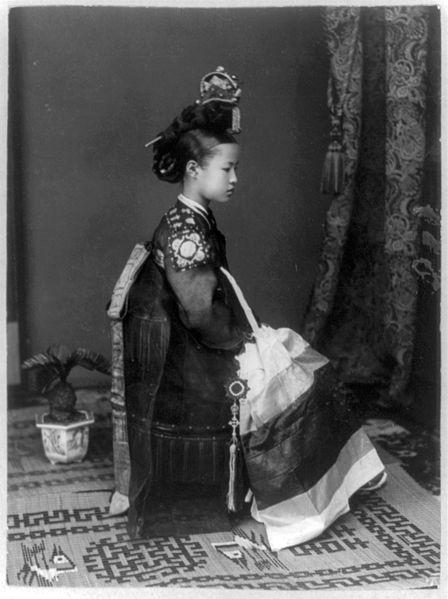
A Kisaeng circa 1910 (Image skanked via)
After they colonised Korea in 1910, the Japanese were so enamoured with Oncheonjang that they redeveloped the area to resemble Yoshiwara, a euphemistically entitled ‘entertainment zone’ district in Tokyo. Then, after all the horrors that befell Korea in the wake of independence, Oncheonjang continued in much the same way as it had since time immemorial.
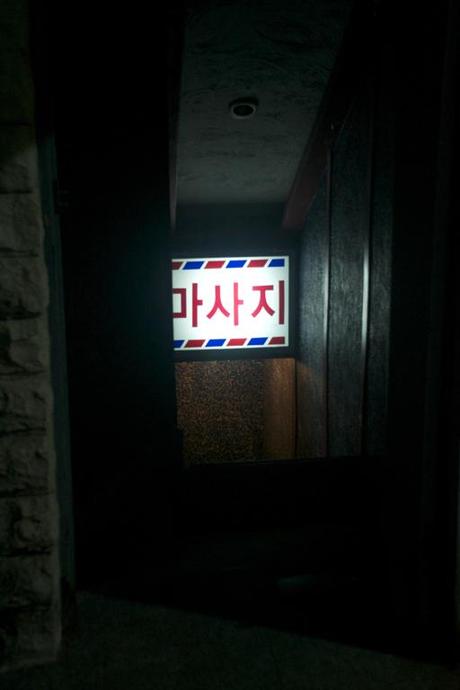
Dodgy Massage!
After the prof. told me all of this, I still wasn’t quite sure how today’s sex industry fitted in. Grinning at my nativity, he said, “Who do you think could afford to travel in those days? Men, right! They were far away from their families, rich and entitled. How do you think they wanted to relax?”
I guess nothing changes.
(*) I decided to withhold the Professor’s name because he didn’t agree / I never mentioned writing about this here. So, I think anonymity is required. Plus, if any of my facts are wrong, I look like a dick and not the prof. (Well, I look like a dick anyways, but you get what I’m saying, right?
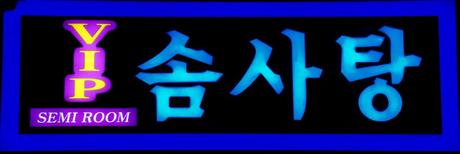
What the fuck is a Semi Room?

